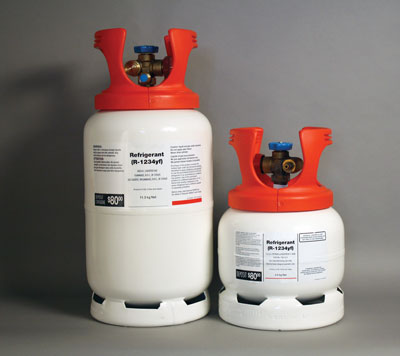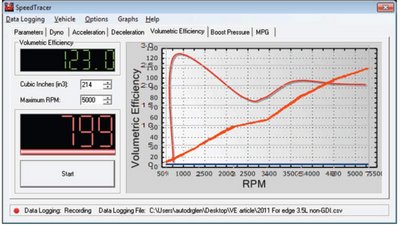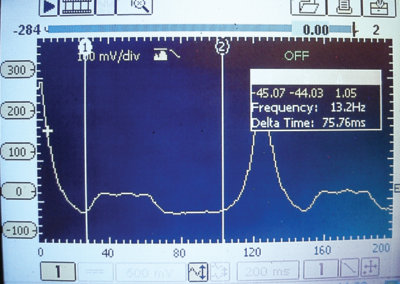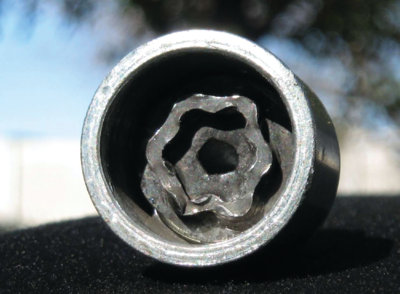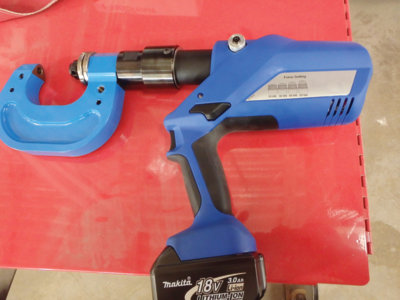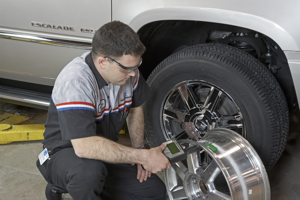 OTC, an SPX brand, has introduced its new TPM Electronic Torque Wrench (P/N 3833-25). This innovative torque wrench was designed specifically for use on TPM sensor nuts and will cover torque requirements from 10 to 120 inch-pounds, eliminating the need for multiple wrenches. Current TPM sensor nut torque requirements range from 12 to 106 inch-pounds and conventional torque wrenches do not cover this range in a single wrench.
OTC, an SPX brand, has introduced its new TPM Electronic Torque Wrench (P/N 3833-25). This innovative torque wrench was designed specifically for use on TPM sensor nuts and will cover torque requirements from 10 to 120 inch-pounds, eliminating the need for multiple wrenches. Current TPM sensor nut torque requirements range from 12 to 106 inch-pounds and conventional torque wrenches do not cover this range in a single wrench.
“TPMS-equipped vehicles require special tools to perform routine tire rotation, replacement and related services,” said OTC Product Manager Scott Krampitz. “With more than 40 million TPMS-equipped vehicles on the road today, the OTC TPM Electronic Torque Wrench is a must have for any technician. It’s easy to use and will provide the versatility needed for torque requirement on all TPM sensors, while also doubling as a standard inch-pound torque wrench.”
The OTC 3833-25 TPM Electronic Torque Wrench design combines the accuracy of an electronic torque wrench with the speed and ease of a mechanical style. Other key features designed specifically for TPM sensor applications include slide bar for quickly setting the torque requirements, indexing head for spinning the nut down easily, and flashing LED light with audible beep when torque limit has been met. Specifically designed to torque TPMS sensors to specification, this 1/4-inch drive wrench features an indexing head for use in any position. The indexing head allows for use straight (screwdriver position) to spin nut down quickly, then rotates to 90 degree position for torque and leverage.
Also included is the OTC TPM T10 Torque Driver (P/N 3833-24) for installing replacement snap-in valves for some Schrader sensors to ensure that the valve core is seated to the proper tightness and to install screws to recommended torque for proper sealing and secure installation.
For additional information regarding the new TPM Electronic Torque Wrench (P/N 3833-25) from OTC, call the company at (800) 533-6127 or visit the website at: www.otctools.com.


